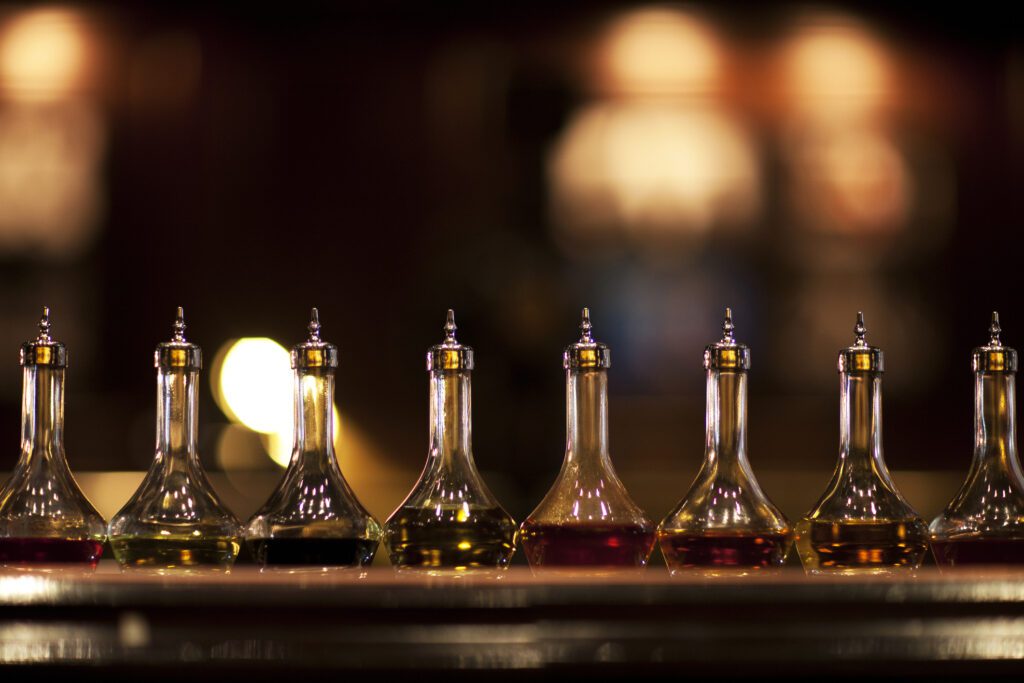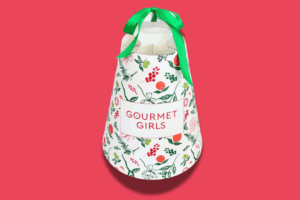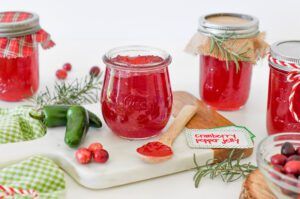Don’t stock your home bar without these essential bartender-recommended ingredients
Maybe it’s something about James Bond’s tone and look that makes ordering a cocktail seem so sophisticated. The rest of us just try our best. And while we may feel polished for knowing how Bond prefers his signature vodka martini (shaken, not stirred), a basic knowledge of mixology might be a good thing to add to our repertoire. To learn how to become an amateur mixologist, we spoke to Brian Landry of Hayride Scandal to give us a basic guide to the world of mixed drinks.
“The biggest thing that will make or break a cocktail is fresh ingredients,” says Landry. “If you’re using any sort of fruit juices—lemon, lime, orange, grapefruit—hand-squeezing it yourself is going to be miles better than getting anything pre-made or pre-juiced that you keep in your fridge. They’ve got a lot of additives and they’ve been exposed to oxygen, so you’re going to lose a lot of flavor. It could be way too tart or too bitter, so you want to have fresh juices.”

Next, before you can assume your role as a mixologist, you’ll need to assemble your assets.
“I think if you want to have a full, well-rounded and well-stocked bar, you want to have a versatile bottle of gin, an American whiskey of some sort, a good quality tequila (preferably a blanco), a solid of bottle white rum, a solid of bottle of aged rum and a rye whiskey. Once you have those baseline things, then you can find what you like and don’t like and start branching out from there. I would say your next step is going to be Aperol, Campari, sweet vermouth and dry vermouth.”
A trick of the trade when it comes to vermouth is to store it in the fridge. Since vermouth is white wine-based, it can last in the fridge for roughly one to three months depending on the proofing.
“You want your strong flavors and weak flavors—those are always going to pair well together,” says Landry. “Strong things like lime and lemon are going to pair well with more gentle flavors like orange liqueur. Lime and mint is a match made in heaven. Ginger and pineapple works super well together, and then there are going to be weirder off-the-wall ones that you might not expect, like grapefruit and basil, which make for a surprisingly interesting flavor combination.”
While everyone’s swear-by ingredient looks a little different, Landry has one that will elevate any mixed drink.
“I’m almost always a ‘bitters will make everything better’ sort of person,” he says. “I would say, don’t be afraid to just try and throw some Angostura bitters in, especially anything on the sour side. Say you were making a daiquiri or gimlet at home— maybe just one dash of Angostura bitters is going to give it this crazy, wild, complex back-body that will bring it above and beyond.”

A good cocktail can take inspiration from some of the most unlikely ingredients, like celery, for example. Whether it be celery syrup, celery bitters or a pinch of celery salt (on the rim of a margarita, perhaps?), Landry believes the best inspiration can be found in your favorite recipes.
Just remember: for those quintessential drink combinations, a general rule of thumb is light pairs well with light and dark pairs well with dark. Since a proper vodka should be crisp and free of flavor, it pairs well with fresh and citrusy flavors like ginger and grapefruit, just as the natural vanilla notes of a dark rum and bourbon can be accentuated with a Coca-Cola pairing. As for finding your favorites, well, that’s for time and your tastebuds to decide.












